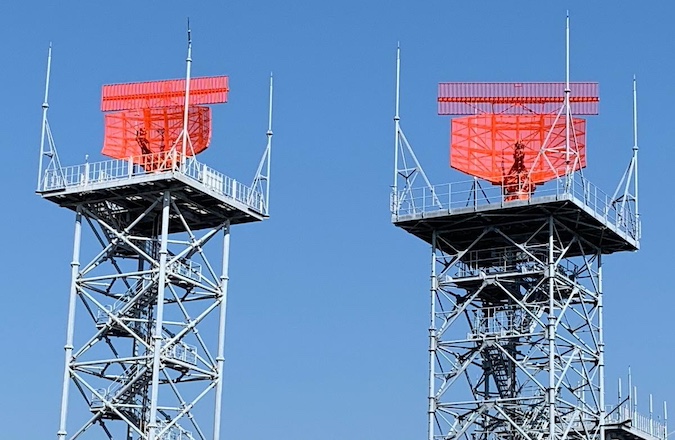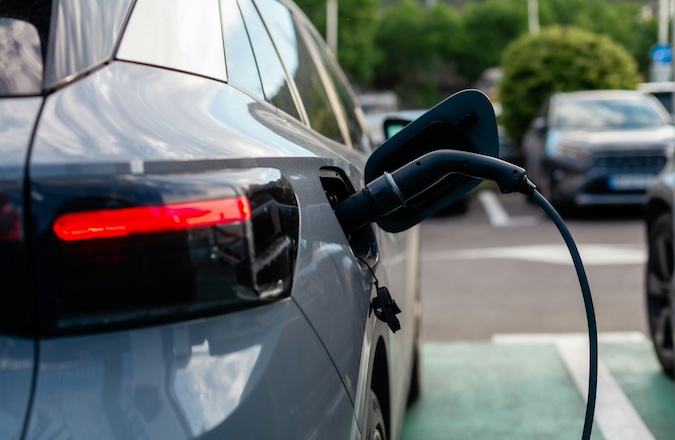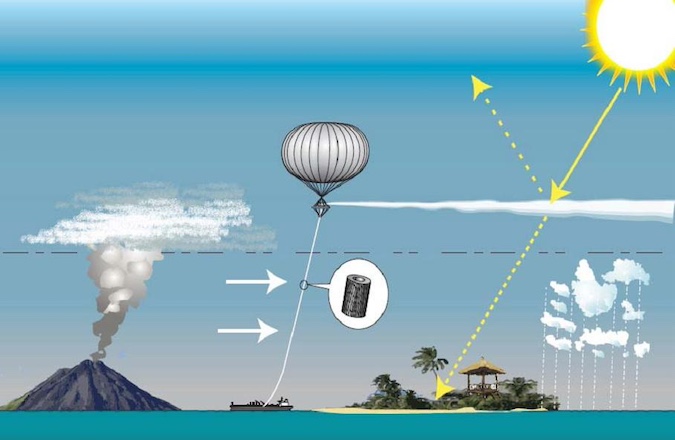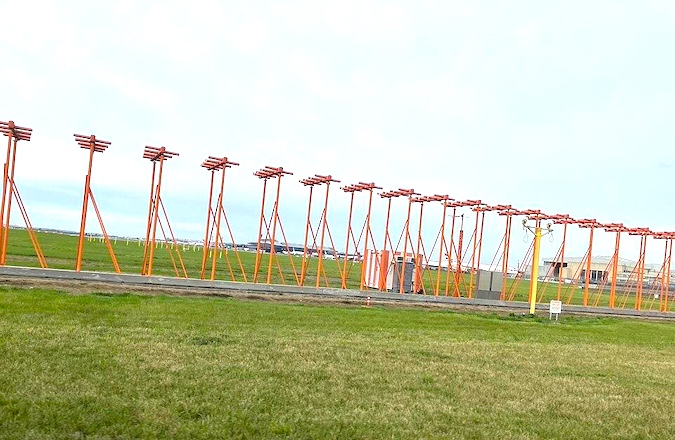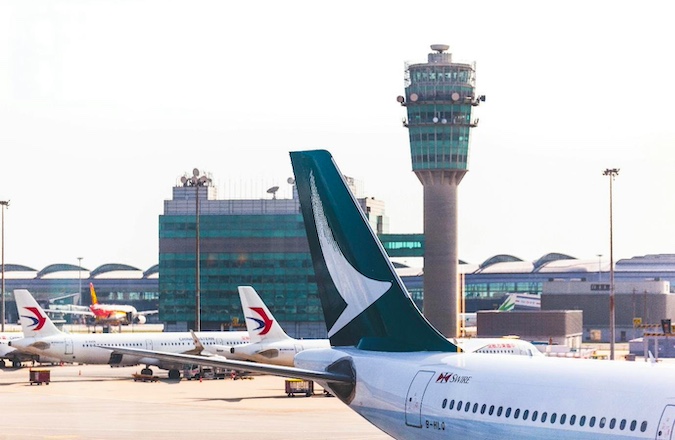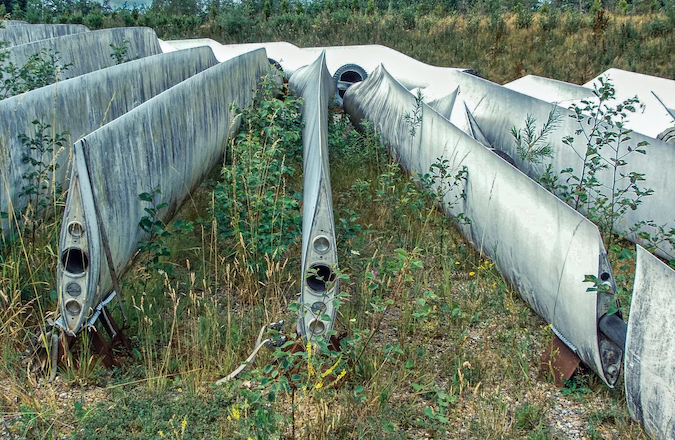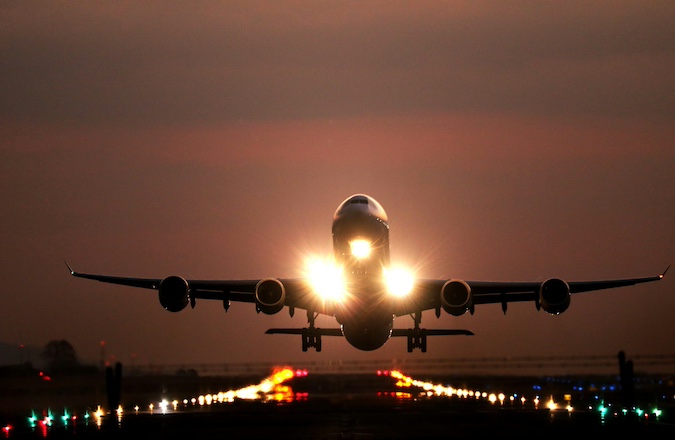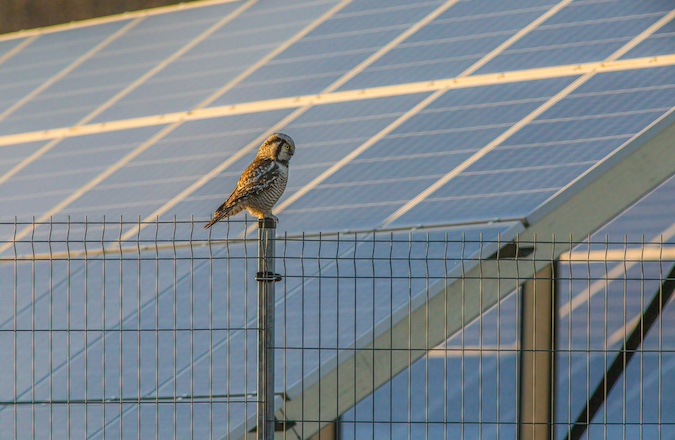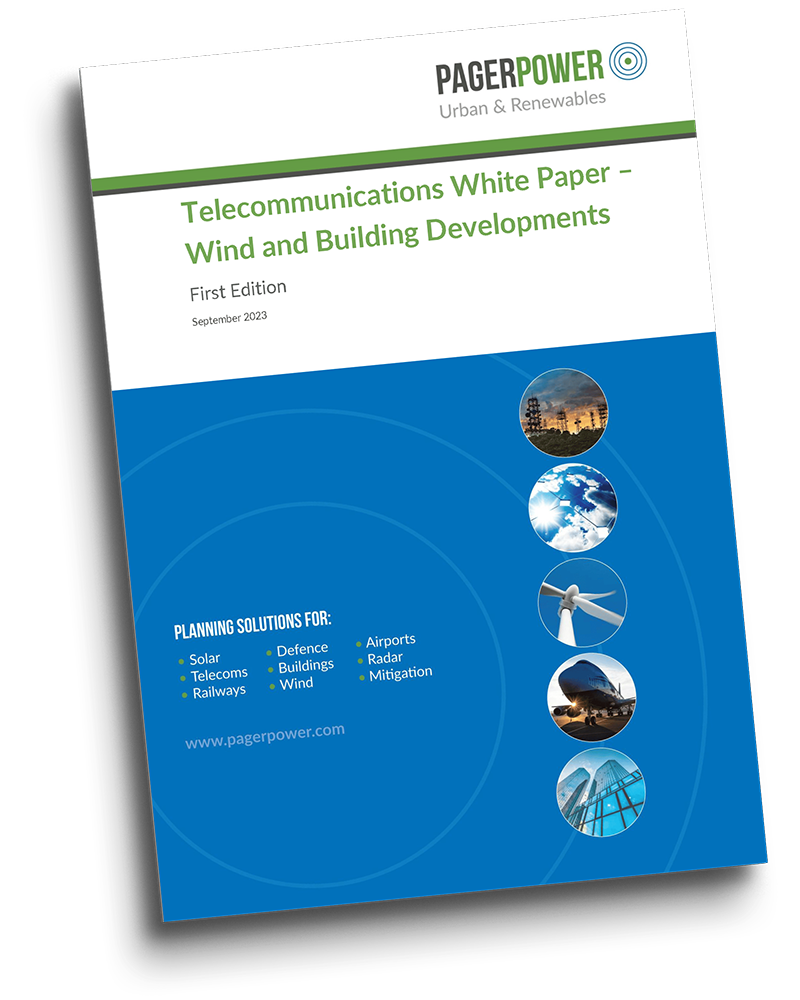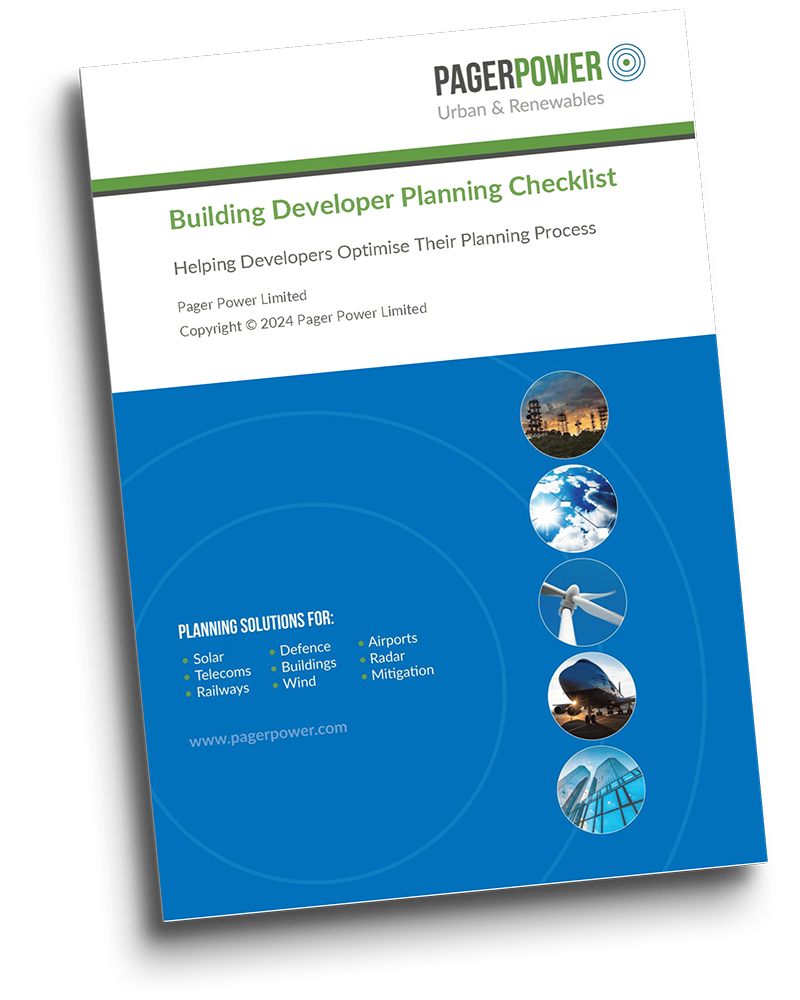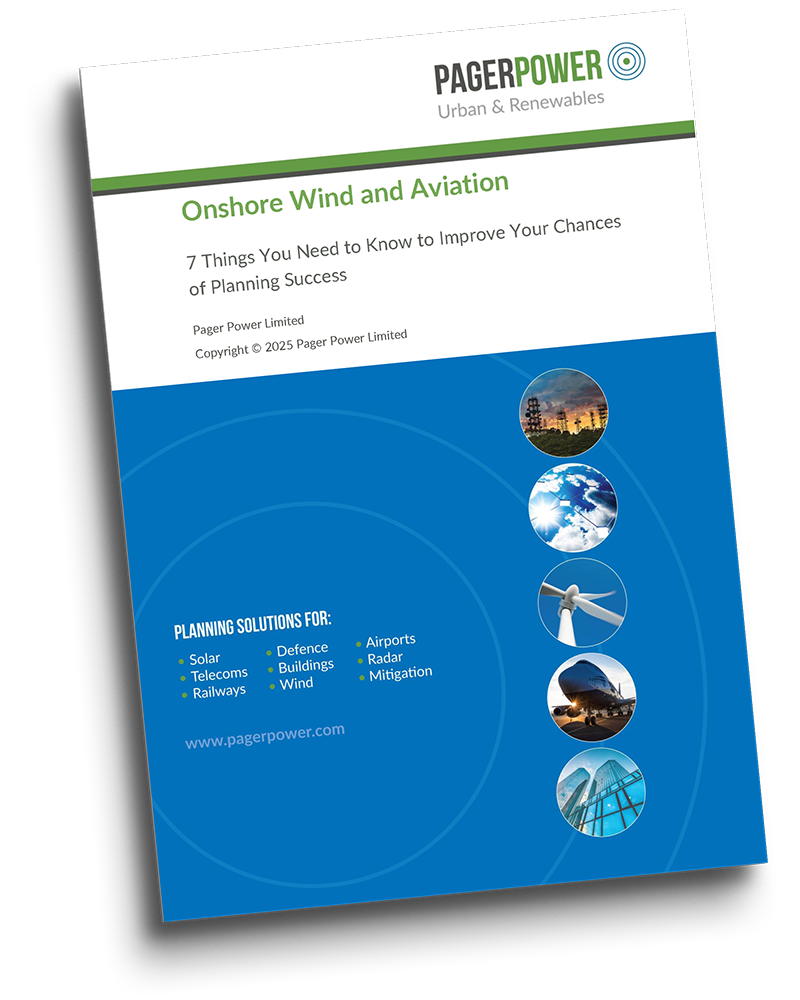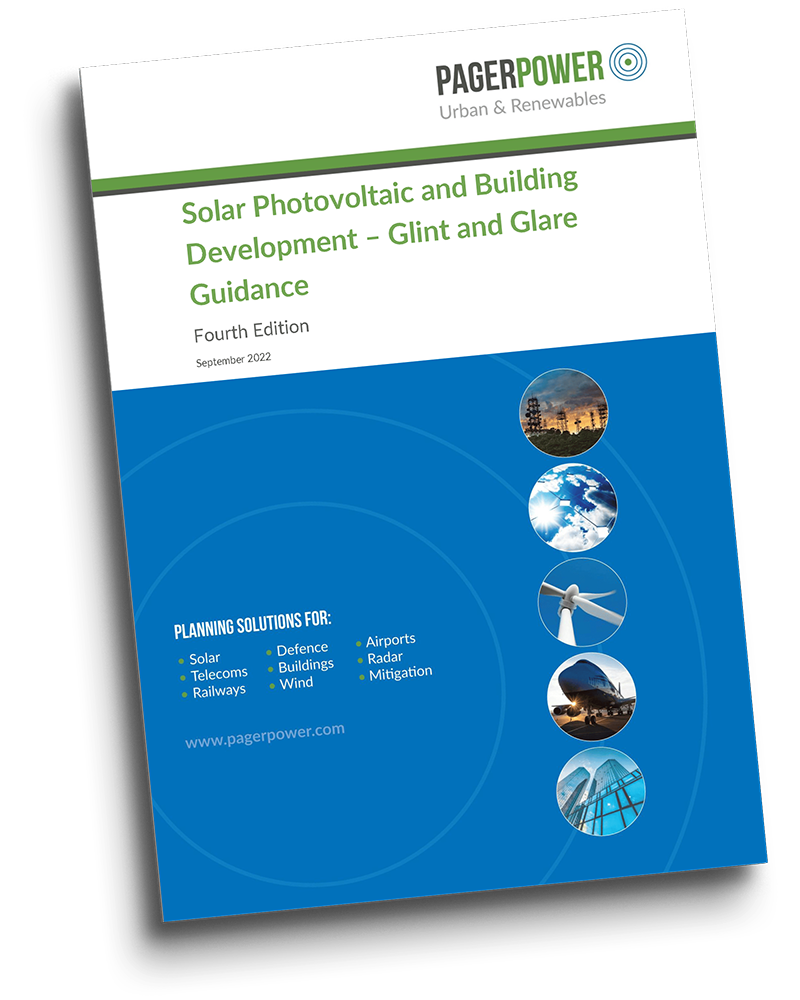Keep up to date with our news
- Aviation
- Building TV Interference
- Climate Change
- Company News
- Consultancy Services
- Construction
- Daylight Sunlight
- Energy Policy
- Glint and Glare
- Offshore Wind
- Onshore Wind
- Pager Power South Africa
- Radar
- Renewables
- Solar
- Solar Energy Aviation
Solar PV and Radar Interference
Pager Power has extensive experience modelling the impact of wind [...]
Receive Our Onshore Wind and Aviation Guide Today
Receive Pager Power’s Onshore Wind and Aviation Guide today [...]
Electric Vehicle (EV) Users at Risk of Potential Mileage Tax in the Next Budget
This article was published before the announcement of the UK's [...]
Is Solar Geoengineering Saving the Planet or Destroying it Faster?
Technology has been advancing for centuries, with old problems having [...]
CNS Safeguarding Series: ICAO Eur Doc 015 vs CAP 670
Interference to Communications, Navigation, and Surveillance (CNS) equipment is a [...]
Cool Painting
Painting your house can help save the environment. A new [...]
Could Solar Farms Become Buzzing Biodiversity Hotspots?
A new study, published in Global Change Biology, looks at [...]
Fireworks and Flight Paths: The Safety Concerns for Aviation Activity
The last quarter of the year celebrates Diwali, Halloween, Guy [...]
Sustainable Critical Mineral Mining: Taking the Energy Transition Back to Its Source
The race to decarbonise the planet is fuelling a new [...]
Future Energy Wales 2025
Last year, Pager Power made the decision to rejoin RenewableUK [...]
The Complexities of Wind Turbine Aviation Lighting
As we build towards a Net Zero economy, wind turbines [...]
Premier League Committed to Sustainability Strategy
As industries continue to adapt to help combat climate change, [...]
How is the US Government Shutdown Affecting Aviation?
On October 1st the US federal government entered a shutdown [...]
Building Series: Planning Considerations for Aviation Lighting
Aviation lights for buildings may seem like a simple topic [...]
Neighbourly Solar Glare Wars
As rooftop solar panels become increasingly popular, concerns about glare [...]
Tobi Taylor Clements Joins Pager Power
Pager Power welcomed Tobi Taylor Clements in September as an [...]
Understanding the NSIP Process for Solar Developments
Nationally Significant Infrastructure Projects (NSIPs) are some of the largest [...]
Small Modular Reactors
In June of this year, the UK Government announced that [...]
US Government to Scrap 2.2 GW Maryland Offshore Wind Project Permit
The US government has taken steps to revoke approval for [...]
Making Wind Turbines Go Full Circle – Innovative End-of-Life Uses
Ever thought about building accommodation from the hub of a [...]
Spot the Difference: The New ICAO State Letter in Full
A new edition of the International Civil Aviation Organisation (ICAO) [...]
Harmony with Nature: The ‘Sounds Right’ Initiative
Named as one of the ‘100 most influential people in [...]
Mitigation for Biodiversity Adaptation to Solar Farms
The solar energy industry is continuing to grow and expand [...]
Cameron Sabouni Joins Pager Power!
In July, Pager Power were delighted to welcome Cameron Sabouni [...]

